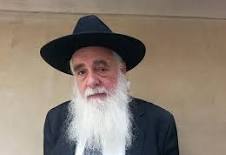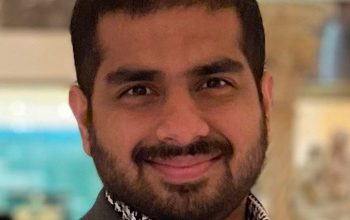Biblical Codes | Gödel’s Lost Letter and P=NP

This Sunday’s NYTimes had an article on Eliyahu Rips who just just passed away at 75. He was an Israeli mathematician known for his research in geometric group theory. He had became known to the general public years ago following his co-authoring a paper on what is popularly known as Bible code, the supposed coded messaging in the Hebrew text of the Torah.
The book by Michael Drosnin claimed that historical and future events were encoded in the Old Testament, although he couldn’t explain how or why.


Find Secrets in Public Documents
Drosnin began researching the Bible Code in 1992 after meeting the mathematician Eliyahu Rips in Israel. His work was deeply inspired by the publication of the academic article entitled
Equidistant Letter Sequences in the Book of Genesis by Doron Witztum, Eliyahu Rips, and Yoav Rosenberg in the journal Statistical Science, published by the Institute of Mathematical Statistics, in August 1994.
He had also become convinced that statistical tools and newer, more powerful computers that were becoming available in the 1980s could be used to identify hidden meaning within the Bible, and he teamed up with his two partners to discover them. Their biggest finding was the names of 32 Jewish scholars in the text, along with their birth or death dates; several of the scholars had lived thousands of years after Genesis was written.
Open Problems
The idea is to have a document D that is public. Then they run some search that finds some object S that is encoded inside D. This is suppose to show that D is more interesting than we previously thought. The object S is not obviously hidden in D—this is the whole point.
There is an old Jewish tradition about a “hidden text” in the Hebrew Pentateuch (the Five Books of Moses), consisting of words or phrases expressed in the form of equidistant letter sequences (ELS’s) — that is by selecting sequences of equally spaced letters in the text. Since this tradition was passed orally, only few expressions that belong to the “hidden text” were preserved in writing (Rabbenu Bahya, 1492 and Cordovero, 1592); actually almost all the words and the syntax are unknown. Rabbi H.M.D. Weissmandel (Weissmandel, 1958) was the first to try to show the existence of such a “hidden text”, by finding interesting patterns consisting of ELS’s.
Related




